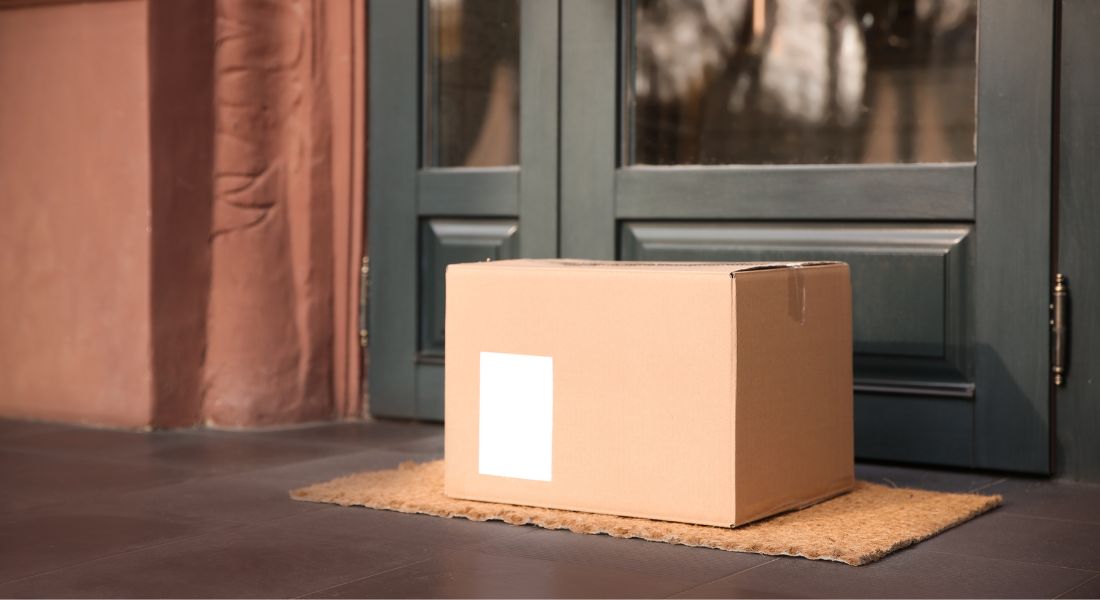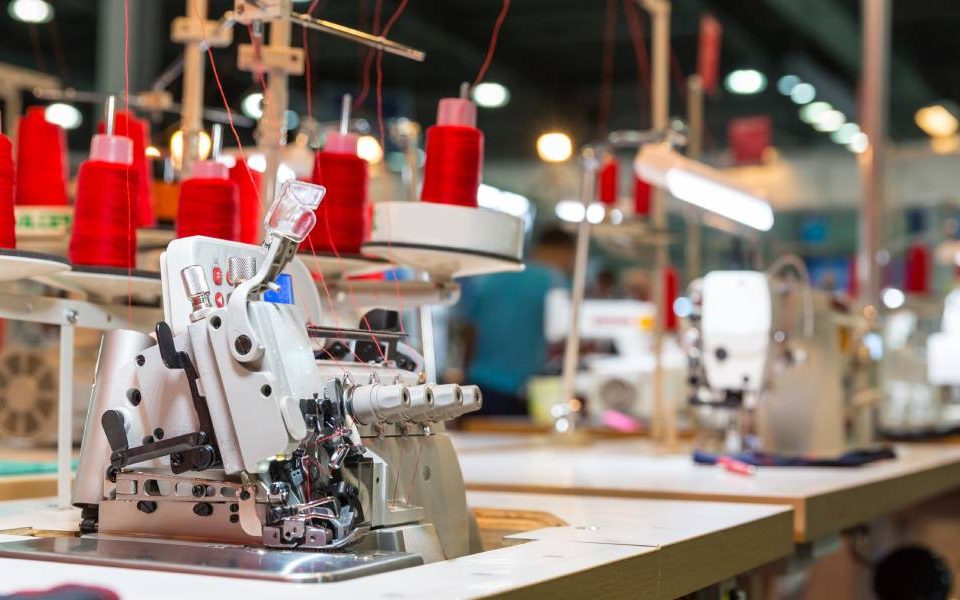Top Ways To Protectively Package Your Products
The most inexpensive form of insurance for your products comes in the form of packaging. Applying protective measures and following secure guidelines ensures the safety of your products. And depending on what you’re selling, the right packaging can secure the item’s freshness, too. Look over these top ways to protectively package your products.
Padded Dividers
Instead of packing your products like a can of sardines, give them separate compartments that are lined with padded dividers. As the name suggests, these are padded compartmentalized boxes that help organize and ship your goods.
Typically, owners use this option for smaller objects rather than larger shipped goods. If any accidents occur during shipping, your products will have an extra layer of protection. And if a product does leak or break, it won’t compromise the other products because of the dividers. The damage stays in one confined area.
Shrink Wrap
Shrink wrap may not seem ideal, but it’s for so many reasons. For one thing, this material is the most inexpensive out of all the packaging options. Contrary to common misconceptions about shrink wrap, it is actually a plastic film that tightens around your products once you apply heat to it.
You can do this process manually or use a shrink wrap machine to save some time. Another great perk about shrink wrap is its advertisement abilities. You can use customer shrink wrap and place your logo and brand all over the material. Use it as another subtle reminder that consumers should buy your products.
Paper Protection
Don’t let the loose and flimsy material fool you—paper offers more protection than you may think. Paper conforms to any size or shape and adds an extra layer of protection. Because paper is so easy to manipulate, you can manufacture it with cushion pads. Use this option for larger items, particularly breakable ones.
Stay within the cost-effective confines and recycle the paper afterward so that you can use it for other purposes. Instead of constantly repurchasing this material, you can reuse it and save some money. Put that leftover money toward the rest of the transportation process.
Tested Shipping Process
Conduct a few pre-shipment tests to better prepare your goods. On these test runs, review some hazards your products might experience so that you can develop tactics and strategies to combat these incidents.
The International Safe Transit Association (ISTA) has 23 package protection tests, and they designed each one to simulate dropping, compressing, and any otherwise tampering with the exterior of a package. Make it a habit to run through all 23 tests before each transit.
The success of your business and your products depends on how well you protectively package them. Take care of them for the sake of your company.




